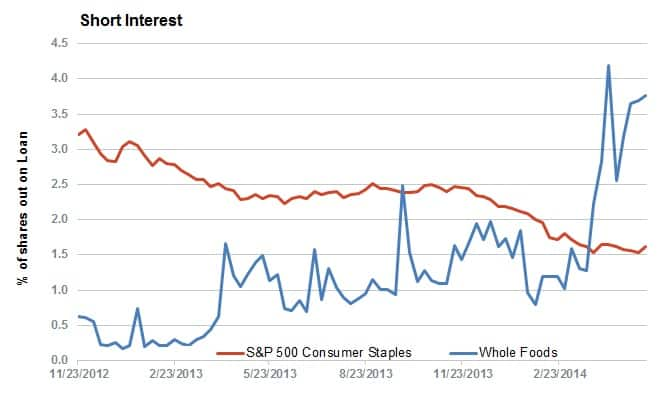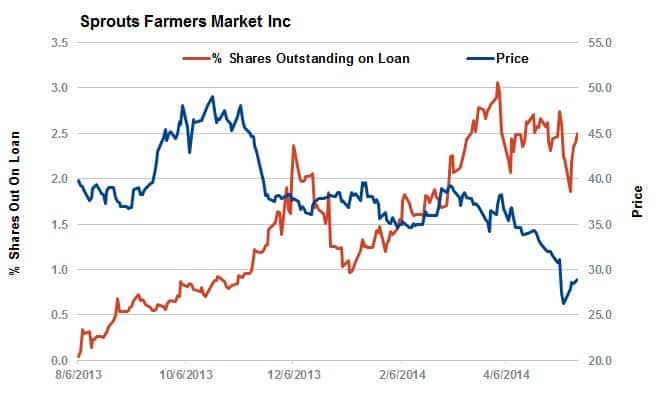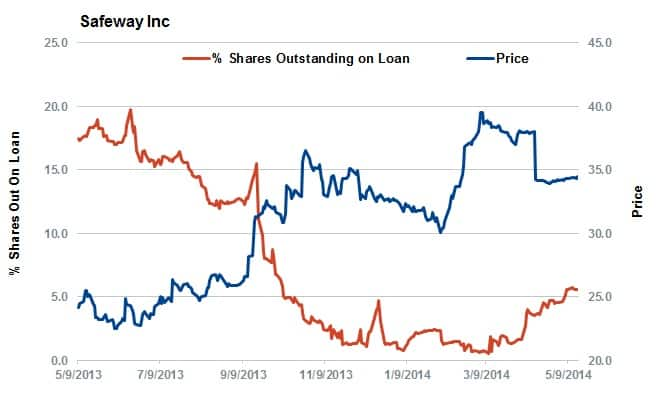Spanish markets rebound
Much like its fellow southern European cousin Italy, Spain has enjoyed increased investor appetite in recent months.
- IBEX has increased 5% year to date putting the index ahead of Germany, France and Britain
- ETF have seen record inflows and have highest ever AUM at almost $6b
- Short interest is flat; demand to borrow is driven by convertible bond arbitrage
Southern Europe has seen a resurgence of late, with both Spain and Italy posting positive GDP increases in the closing quarter of the year. In terms of investor sentiment, we find that the bullish mood felt by Italian investors highlighted last week is mirrored by its Spanish cousin. This bullish mood comes as the 5% year to date jump in the IBEX puts the country's index ahead of northern European peers Germany, France and Britain.
ETF flows strong
The recent strong performance in Spain's index has seen investors flock to Spanish exposed funds since the start of the year. The 16 funds which track the Spanish market have seen $2.11b of inflows since the start of the year to take AUM to just shy of $6b; an all-time high for the country.
Equities are the favourite asset class. The ten funds which track Spanish equities have experienced the majority of inflows since the start of the year with $2b, beating last year's record inflows of $1.75b. None of the ten funds which track Spanish equities have seen their assets grow for the year.
Much like in Italy, inflows have come from both sides of the Atlantic with strong inflows in both US and domestically listed funds. On the US side the iShares MSCI Spain Capped ETF has seen assets more than double year to date to push AUM to $2.2b. In Europe, the db x-tracker IBEX 35 UCITS has seen the largest inflow, with $353m of new assets.
Resilient dividends
The bullish mood is also felt by Spanish companies which are set to continue increasing their dividends after payments made by companies to shareholders rebounded in fiscal 2013.

Total dividends from IBEX 35 companies increased 15% in fiscal 2013 to €22.5bn. Although this headline year-on-year growth appears promising, it was driven by the resumption of Telefonica's dividend after a one year hiatus. The constituents of the IBEX 35 index are set to pay €23bn of dividends in the coming fiscal year.
This aggregate payment represents a 3% boost from fiscal 2013, which was itself a 15% improvement on fiscal 2012 when nearly half of the IBEX constituents either cut or suspended aggregate payments in the wake of the Euro crisis.
The dividend recovery is still has a bit of room to run however as Santander and Telefonica still represent a disproportionally large part of the aggregate IBEX payments.
Shorts Staying put
At first glance, short sellers do not seem to have been in the same bullish mood as ETF investors. The current average demand to borrow constituents of the IBEX and IBEXC indices has remained in line with figures seen a year ago. But this betrays the fact that most of the current demand to borrow is driven by the fact that many Spanish companies have elected to recapitalize with the help of convertible bonds. To this point, we see many of the most shorted names, such as hotel firm Melia, with large convertible bonds currently on issue.

Construction firms see covering
One sector seeing bullish signs from short sellers has been construction firms which have seen heavy short covering.
The average demand to borrow across the construction heavy capital goods sector is down by a third in the last 12 months to 1.77%; below the IBEX and IBEXC average. Leading the covering are FCC and Abengoa, which have seen shorts cover more than two thirds of their positions in the last year. The one firm to see a significant increase in the demand to borrow is Sacyr. However, again this increased demand to borrow comes hand in hand with a recent share issue and convertible bond issue.
